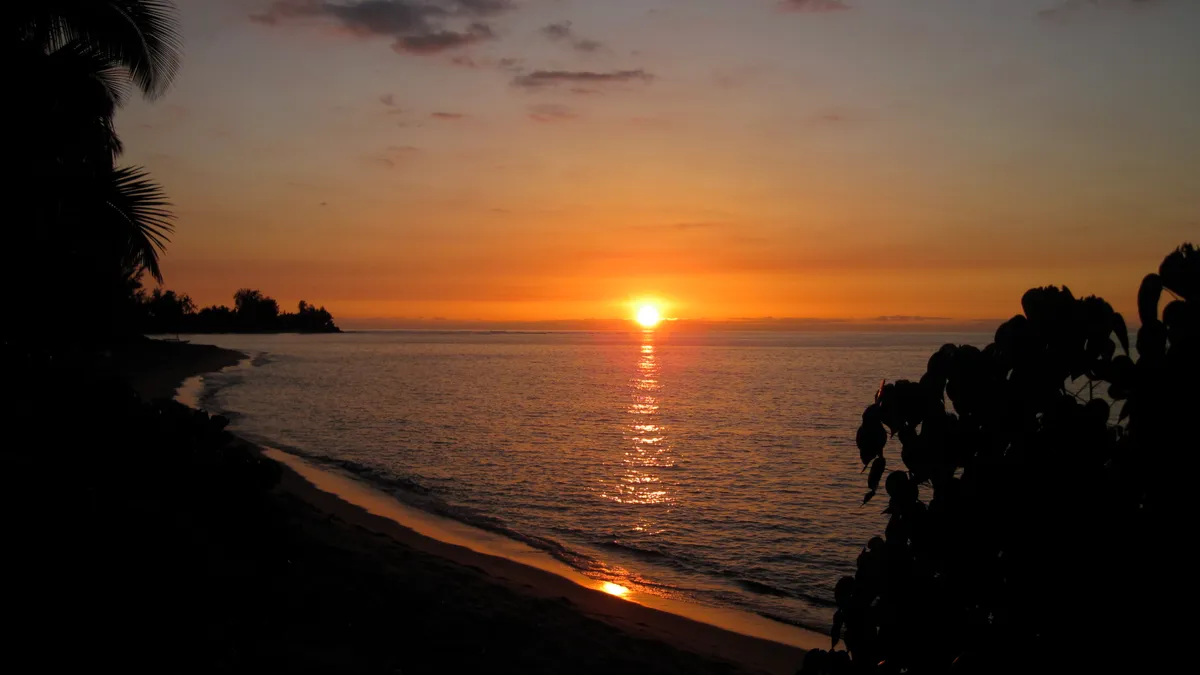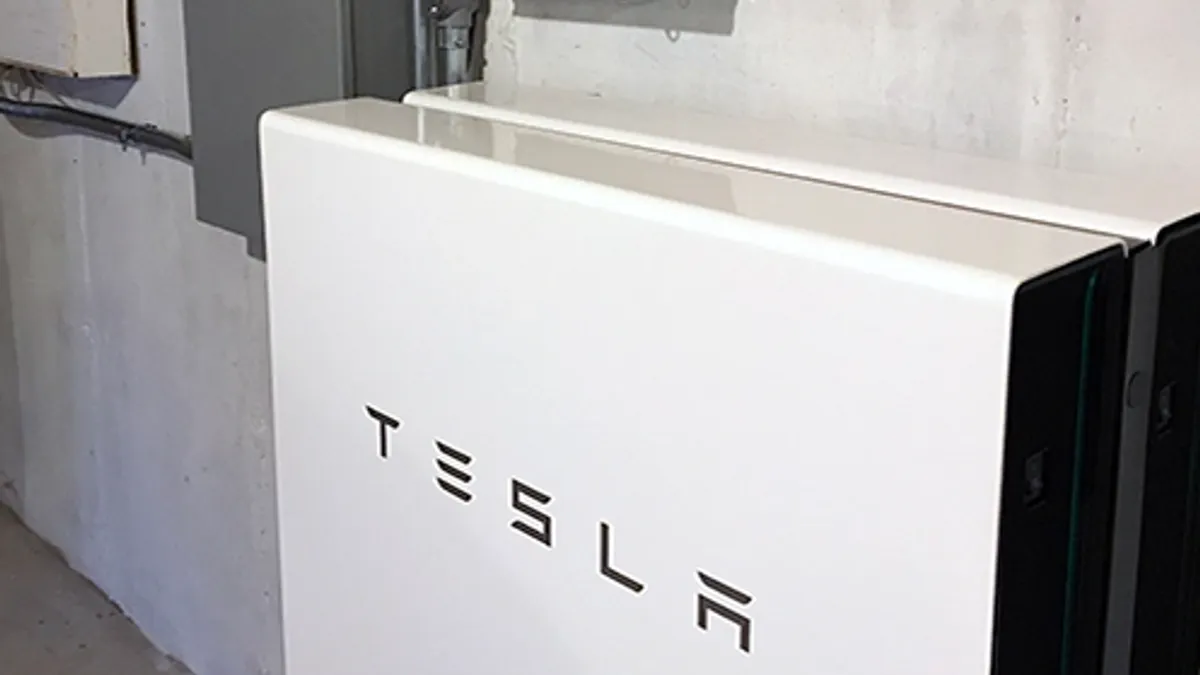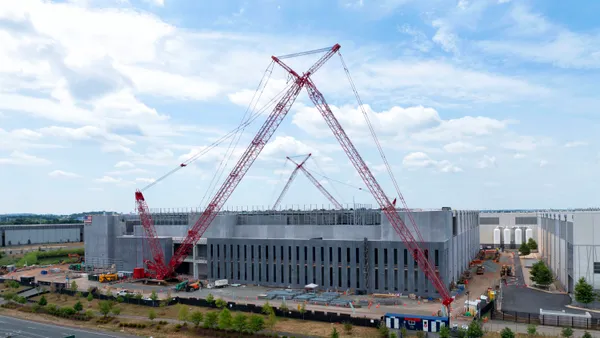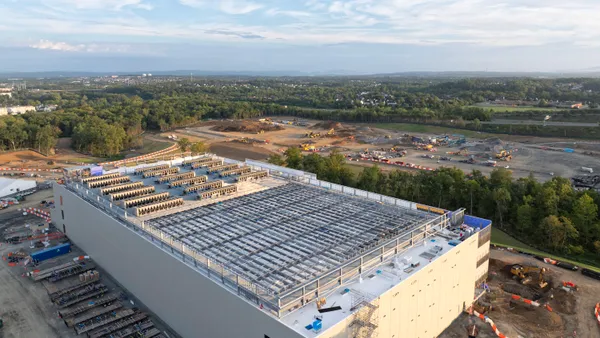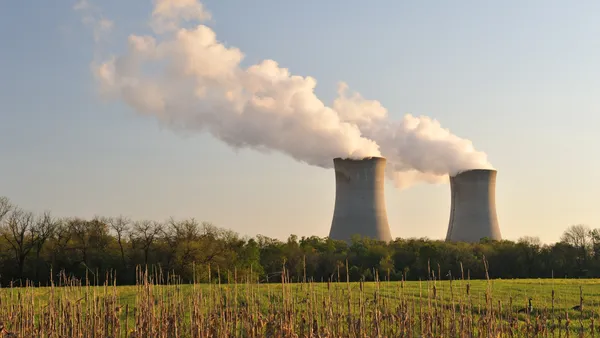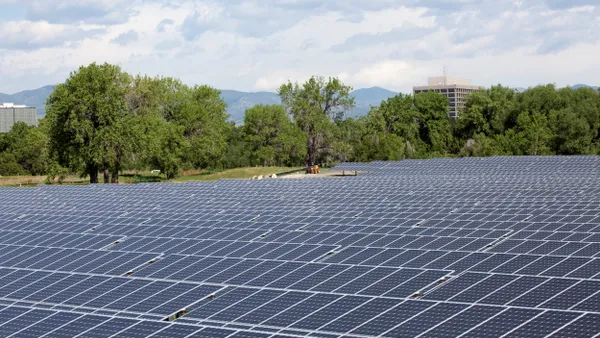Dive Brief:
- Distributed solar has taken a hit in Hawaii, the result of changes to the state's residential tariffs that have reduced the benefits of rooftop solar.
- According to the Hawaii Solar Energy Association (HSEA), the total number of systems that came online in the first quarter of 2017 was approximately 37% below the first quarter last year. And the group says falling permit numbers indicate the contraction will continue.
- The Hawaii Public Utilities Commission eliminated retail rate net metering in 2015, and last year rejected a request to raise the cap on a grid-supply compensation structure. The state's other solar incentive, a self-supply option, discourages energy export and is considerably less popular.
Dive Insight:
Distributed solar sales and installations have "contracted significantly," industry officials say, as grid supply options fade and a self-supply program has struggled to gain momentum.
HSEA says that due to issues involving permitting, battery cost, and technical issues, the customer self-supply (CSS) program has resulted in just 51 energized systems to date.
“The 2017 solar market has seen no marked improvements since 2016 and is so far characterized by a slowdown in solar activity, decrease in consumer choice, and reduction in employment,” HSEA Executive Assistant Hajime Alabanza said in a statement.
But Alabanza also said there is reason for optimism, pointing to capacity added to the Customer Grid-Supply (CGS) program and calling for "reasoned regulatory action and legislative support for renewable energy."
HSEA data show in the first quarter only about 1,700 rooftops systems came online, while 2,700 were added in the same period last year. Nearly a third of the systems energized so far in 2017 were CGS and CSS systems, which last year made up less than 1% of systems.
The group noted that while the grid-supply program showed signs of success, a 35 MW cap was hit in August 2016, leaving the CSS program as the only residential solar option available. A recent ruling by the PUC, however, opened up some additional capacity for the CGS program. Additionally, there is a pair of bills in the state legislature to incentivize storage installations.
One measure in the House, HB 1593, would allow the state's Green Energy Market Securitization program to accelerate the energy storage market by providing a rebate to energy storage systems. In the Senate, SB 665 would allow tax credits to incentivize both traditional grid connected solar systems and energy storage systems, HSEA said.
"Although the cost of energy storage systems has been falling over the past few years, it is imperative that energy storage incentives are made available," the group said in a statement. "As Hawaii transitions away from traditional grid-tied PV systems without energy storage to a market that requires the use of energy storage, it is more important than ever to enact policies that will galvanize these technologies."



